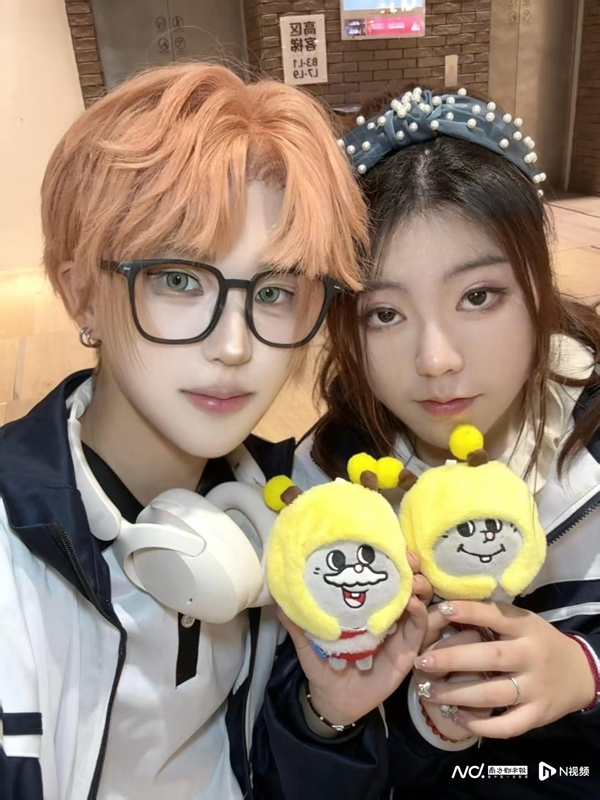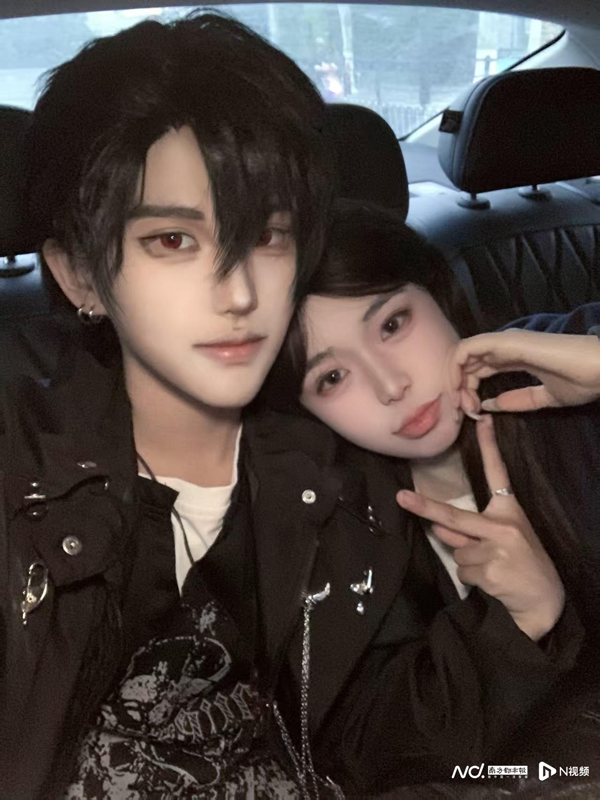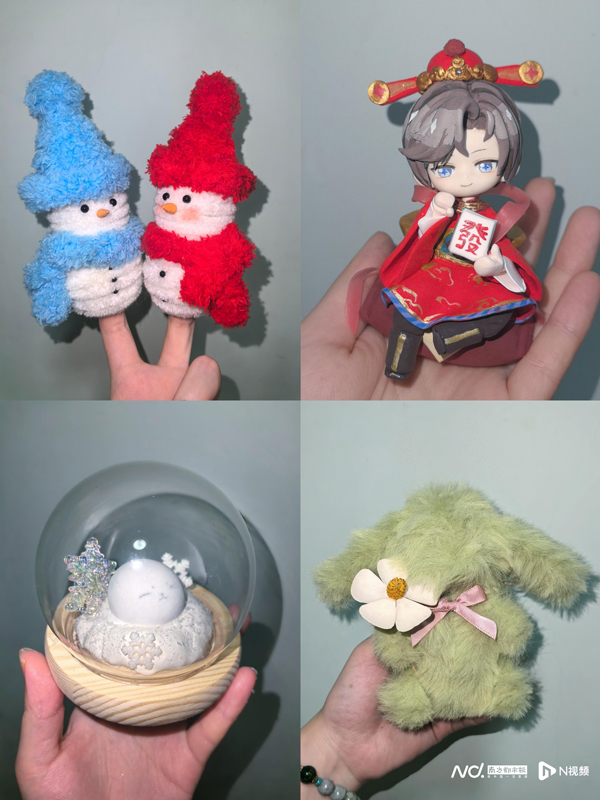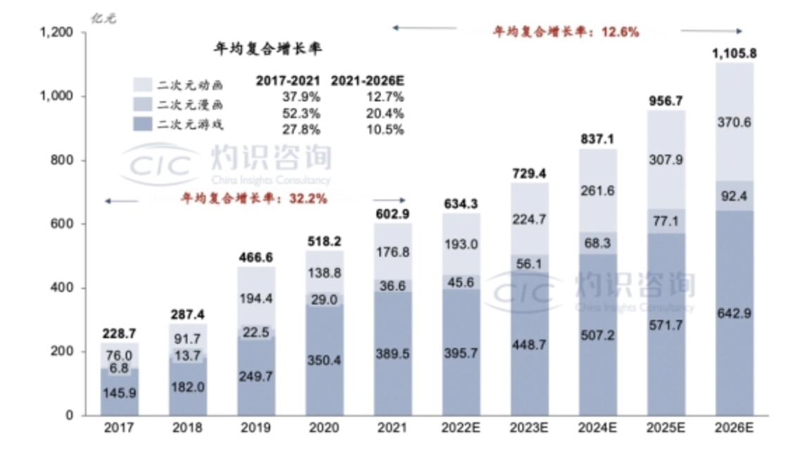A whirlwind of vibrant wigs, intricate armor, and unnaturally colored eyes swirls through crowded convention halls. This isn’t Halloween; it’s the daily reality of a global subculture evolving into a colossal economic engine. Forget niche hobbies - cosplay (costume play) is now a $4.8 billion global powerhouse, fueled by 10 million passionate fans spending an average of $480 annually to bring their favorite characters to life. The days of cardboard props and makeshift outfits are fading, replaced by a sophisticated, IP-driven ecosystem mirroring the explosive growth of its anime, gaming, and comic roots.

How IP and Passion Forged a Billion-Dollar Cosplay Juggernaut
The transformation is staggering. What began in the underground scenes of 1980s Japan has matured into a structured, three-tiered commercial ecosystem:
The IP Wellspring: At the source lies a torrent of compelling characters. Global hits like Genshin Impact (原神) and Heaven Official's Blessing (天官赐福), alongside breakout phenomena like Black Myth: Wukong (黑神话:悟空), provide an endless reservoir of visually distinct, emotionally resonant personas. These aren't just drawings or pixels; they're blueprints for a multi-million dollar costume industry. The explosive popularity of characters like Genshin's Zhongli (钟离) or Wukong's titular Monkey King translates directly into soaring demand for meticulously crafted replicas of their attire and accessories.
The Artisan & Industrial Engine: Bridging the gap between digital fantasy and physical reality is a complex network. Major manufacturers secure official licenses (like Uwowo, backed by Meisheng Group, leveraging IPs such as The King's Avatar), while countless smaller studios and independent artisans specialize in "inspired-by" pieces or full custom commissions. Production is inherently intricate - detailed armor, specific fabric weaves, and unique embellishments resist mass standardization. The solution? A thriving model of small-batch production and semi-customization. Beyond costumes, specialized roles emerge: "Máo niáng" (毛娘 - Wig Masters) sculpt synthetic hair into character-defining styles, while "Zhuāng niáng" ( 妆娘- Makeup Masters) transform faces with elaborate prosthetics and cosmetics. Professional prop makers and photographers complete the service ecosystem, turning a hobby into a comprehensive experience.
The Driving Force: The Cosplayer Community: This engine runs on the passion of a remarkably defined demographic. Nearly 50% are aged 18-24, with another 20%+ falling into the 25-30 bracket - a generation defined by self-expression, digital fluency, and disposable income directed towards identity and belonging. Their spending isn't merely transactional; it's an investment in community participation, personal artistry, and the tangible embodiment of fandom. Crucially, cosplay is shedding its "amateur" skin. Top "cosers" monetize their craft through paid appearances, social media sponsorships, and platforms like "cosplay entrustment" services, where fans pay for personalized character interactions. What was once pure fandom is now a viable, if demanding, career path for some.
The High-Stakes, High-Detail World of Cosplay Apparel
Within this billion-dollar ecosystem, costumes reign supreme, commanding the lion's share of expenditure. The global cosplay apparel market, valued at $4.75 billion in 2024, is projected to rocket to $8.65 billion by 2029. This isn't fast fashion; it's a complex blend of artistry, logistics, and fan devotion.
The Production Puzzle: Creating authentic cosplay garments (cosfits) is a high-wire act. Brands navigate licensing deals or tread carefully with "style-inspired" interpretations. Factories face the challenge of translating wildly diverse, often impractical, fictional designs into wearable garments - think complex armor integrations, unique dye patterns, and historically inspired tailoring. The result? Limited mass production. Most successful players operate on a made-to-order or small batch model, balancing meticulous detail against cost control and manageable inventory.
The Price of Passion: Consumer spending reflects dedication. While many pieces fall into the accessible $100-$500 range (facilitated by platforms like Taobao, Xianyu, and group buys), high-end replicas or rentals for coveted characters can command prices exceeding $350 *per use*. For dedicated players, this isn't a barrier; it's "devotion spending," a tangible contribution to their fandom identity.
Brands Carving Kingdoms: Leading players have emerged. Uwowo leverages major licensing deals and corporate backing (Meisheng Group) to dominate mainstream IP cosfits. 3rd Delusion (三分妄想) exemplifies the grassroots success story - founded by cosplayers, it exploded from a tiny workshop to an e-commerce giant boasting 3 million fans and surpassing $7 million in annual sales pre-2020. Their dominance on major shopping festivals like Singles' Day is legendary. Recognizing global hunger, brands like Dokidoki are aggressively targeting overseas markets, leveraging China's manufacturing prowess to offer high-quality costumes at significantly lower price points than Western competitors. The export potential is massive; after joining Tmall Global, 3rd Delusion saw overseas sales surge 235% in a single week.
The Fabric of Fandom
The rise of the cosplay economy, projected to soar past $8 billion in apparel alone within five years, is a testament to the immense power of cultural passion and identity-driven consumption. It’s a market built not on necessity, but on the profound human desire to connect, create, and embody the stories we love. From the intricate stitches of a $500 custom gown to the precise hue of a character's eyes delivered by a $20 pair of lenses, from the industrial might of Xuchang's (许昌) wig factories to the nimble artistry of a freelance "毛娘" reshaping a synthetic strand, this ecosystem thrives on a unique blend of scale and hyper-personalization.
For brands, the path to success isn't about simply selling products to cosplayers; it's about becoming a trusted, authentic enabler within their world. It requires deep cultural understanding, a commitment to quality that matches their dedication, and a genuine presence in the spaces where their passion comes alive - both online and amidst the electrifying chaos of the convention floor. Those who listen, respect, and empower this vibrant community will find themselves woven into the very fabric of this billion-dollar dream.



